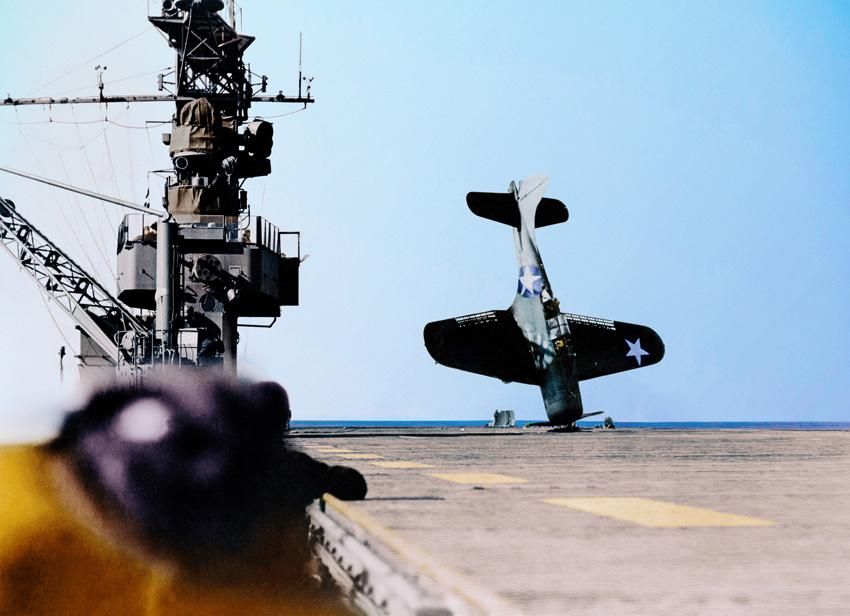Colorized Images Bring the Past to Life
Seeing iconic aviation photographs in a whole new way.
/https://tf-cmsv2-smithsonianmag-media.s3.amazonaws.com/filer/4e/27/4e27d04a-9934-4a60-9444-270b3e392e30/wright_flash_image.jpg)
Should you colorize some of the most iconic black-and-white images in photographic history? Wolfgang Wild and Jordan J. Lloyd think you should, and the results can be found in the new book History as They Saw It: Iconic Moments from the Past in Color (Chronicle Books, 2018).
Both Wild and Lloyd are musicians and bring a unique perspective to the project. When an artist records a song, notes Wild, other artists often re-record the tune: “We don’t believe those cover versions detract from the original,” he writes in the book’s introduction. “Quite the opposite, in fact. Each version shows a new facet of the song…. For us, these photographs are visual cover versions.”
In the past, when Wild had seen other instances of photo colorization, they didn’t seem convincing. “One element or another of the color would just feel ever so slightly off,” he writes, “and the illusion would be over before it had begun.” Then he saw Lloyd’s pieces. “I simply couldn’t tell whether I was looking at an original color photograph or a colorized image,” he notes, “so well-executed were the results.” Here’s what Lloyd says about his work on the Wilbur Wright image shown above (see the original here):
Despite its seemingly simple composition, this image was in fact one of the hardest images to work on in the entire book. This is because much of the texture on the original plate is not, as it appears, detail of the sand dune, but rather damage to the substrate of the plate. Thankfully, the test runs at Kitty Hawk are well documented and I was able to digitally reconstruct the most heavily damaged parts of the photograph with other photographs of the same location on a different day, or at a slightly different angle on the same day. Numerous contemporary examples of models and color images exist, though notably a full-size model of the [glider] itself exists at the Wright Brothers National Memorial visitor center in North Carolina.

While the book isn’t focused exclusively on aviation, there are plenty of photographs of interest, including the airship R100 under construction at the Royal Naval Air Service Air Station in Yorkshire (1929); Northrop’s XB-35 flying wing as it readies for taxi tests (1946); a burning dirigible at Fort Sill, Oklahoma in 1918, and more. (You can also see Dorothea Lange’s “Migrant Mother”; the Golden Gate Bridge under construction; the MGM movie lion being filmed; soldiers of the Harlem Hellfighters, and dozens of others.) Also included in the book is the well known photograph of a Douglas SBD Dauntless crashing onto a carrier deck. Here’s what Lloyd has to say about the photo (see the original here):
The livery on the bomber is rendered in the Pacific variant rather than the Atlantic one, and, as with many things concerning the military, it was well documented. An aircraft carrier’s deck would exhibit signs of sea water, paint, fuel, oil, fire, and rubber, so I incorporated this into the details.
